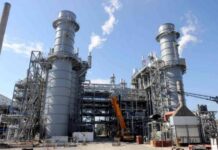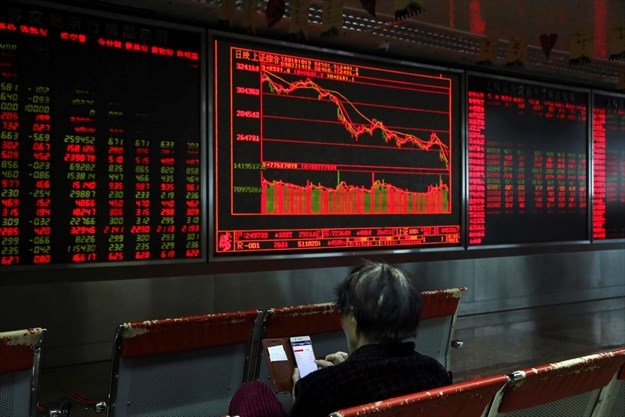BEIJING: China is expected to report on Monday that economic growth cooled to its slowest in 28 years in 2018 amid weakening domestic demand and bruising US tariffs, adding pressure on Beijing to roll out more support measures to avert a sharper slowdown.
Growing signs of weakness in China — which has generated nearly a third of global growth in the past decade — are stoking worries about risks to the world economy and are weighing on profits for firms ranging from Apple to big carmakers.
Chinese policymakers have pledged more support for the economy this year to reduce the risk of massive job losses, but they have ruled out a “flood” of stimulus like that which Beijing has unleashed in the past, which quickly juiced growth rates but left a mountain of debt.
Analysts expect the world’s second-largest economy to have grown 6.4 per cent in the October-December quarter from a year earlier, slowing from the previous quarter’s 6.5 per cent pace and matching levels last seen in early 2009 during the global financial crisis.
That could pull 2018 gross domestic product (GDP) growth to 6.6 per cent, the lowest since 1990 and down from a revised 6.8 per cent in 2017.
With stimulus measures expected to take some time to kick in, most analysts believe conditions in China are likely to get worse before they get better, and see a further slowdown to 6.3 per cent this year. Some analysts believe real growth levels are already much weaker than official data suggest.
Even if China and the United States agree on a trade deal in current talks, which is a tall order, analysts said it would be no panacea for the sputtering Chinese economy unless Beijing can galvanize weak investment and consumer demand.
Chen Xingdong, chief China economist at BNP Paribas, said investors should not expect the latest round of stimulus to produce similar results as during the 2008-09 global crisis when Beijing’s huge spending package quickly boosted growth.
“What China can really do this year is to prevent deflation, prevent a recession and a hard landing in the economy,” Chen said.
On a quarterly basis, growth likely eased to 1.5 per cent inOct-Dec from 1.6 per cent in the preceding period.
China will release its fourth-quarter and 2018 GDP data on Monday, along with December factory output, retail sales and fixed-asset investment.
Since China’s quarterly GDP readings tend to be unusually steady, most investors prefer to focus on recent trends.
Surprising contractions in December trade data and factory activity gauges in recent weeks have suggested the economy cooled more quickly than expected at the end of 2018, leaving it on a shakier footing at the start of the new year.
Sources have told Reuters that Beijing was planning to lower its growth target to 6-6.5 per cent this year from around6.5 per cent in 2018.
Tepid expansion in industrial output and weaker consumer spending is squeezing companies’ profit margins, discouraging fresh investment and raising the risk of higher job losses.
Some factories in Guangdong – China’s export hub – have shut earlier than usual ahead of the long Lunar New Year holiday as the tariff war with the United States curtails orders. Others are suspending production lines and cutting back on workers’ hours.
Trade negotiators are facing an early March deadline and Washington has threatened to sharply hike tariffs if there are no substantial signs of progress.























